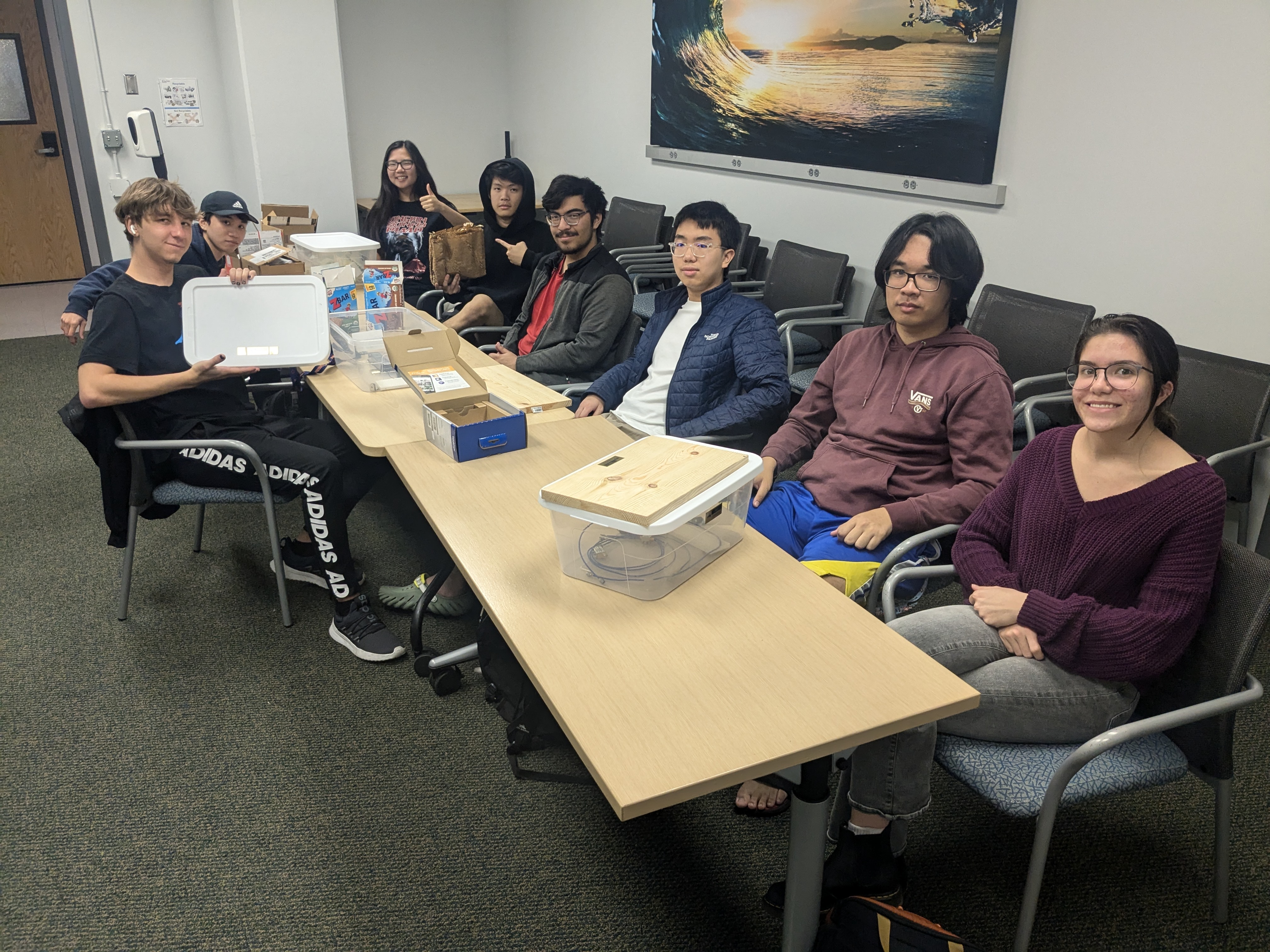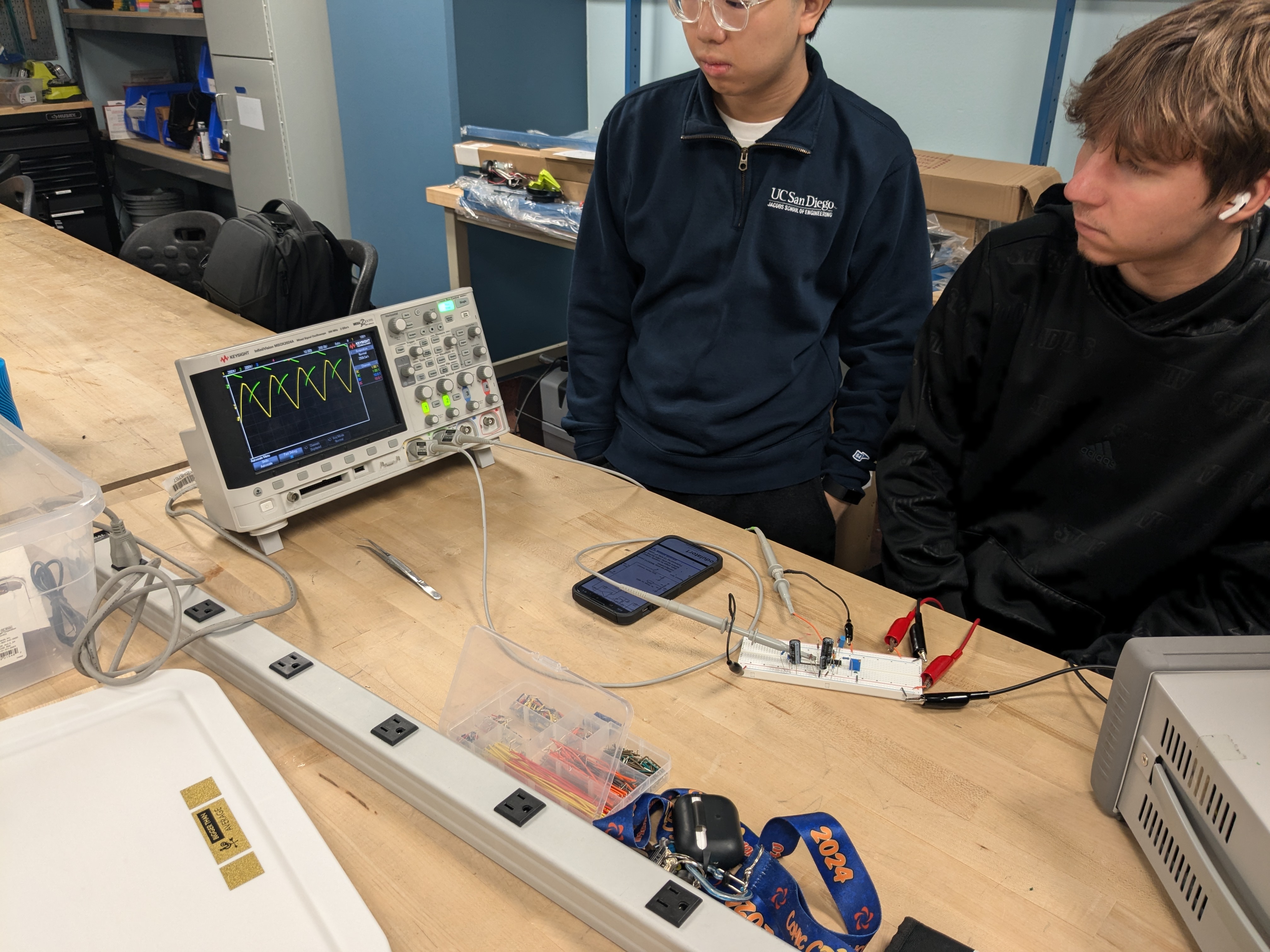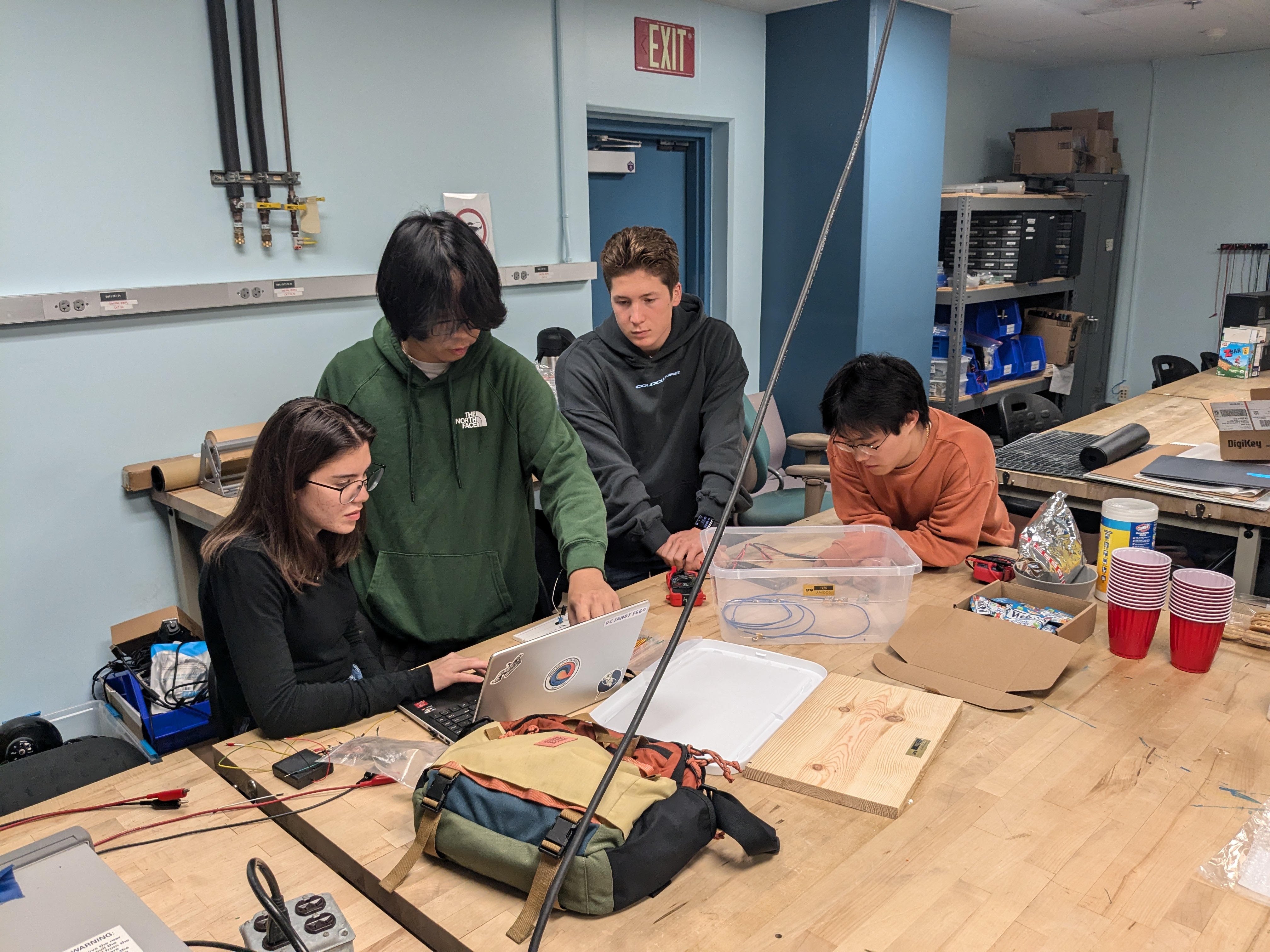KK6UC
UCSD's amateur radio club

KK6UC is UCSD’s amateur radio club, primarily intended for undergraduates but open to anyone from the UCSD community interested in the technology and science of radio and radio communications. Amateur radio is an excellent way to learn about how modern technology and electronics work, and moreover serves as an antidote to an increasingly computer-focused world. Come to the analog side!
I have served as a faculty advisor to KK6UC since Spring, 2024.
KK6UC Radar Project
This project is made possible by a generous donation from Michael and Miriam Guberek, and Global LG
Starting in Fall, 2024, I have been advising an undergraduate-focused project with KK6UC wherein students will build a fully functional FMCW radar out of off-the-shelf parts. This project is based off the “CanTenna Radar Project” originally developed by MIT Lincoln Laboratory in 2011 (so-named because the Rx and Tx antennas of the radar are made of coffee cans). A lot has changed since 2011 – many parts have gone out of stock (not to mention the price of all components has significantly increased :( ) We hope to modernize this project!
My desire is for students to see that radio technology can be accessible and fun, without the complexity often associated with getting into amateur radio (which involves taking a test, getting licensed, and buying possibly expensive equipment).
We will document our progress here.
Meeting 1: October 28, 2024
We met for the first time to go over the fundamentals of radar and FMCW radar, introduce the project, and guage interest. 11 intrepid UCSD students are excited to start!

Meeting 2: November 25, 2024
After a long delay, parts have finally arrived. We spent this meeting breaking into three teams, and unboxing and organizing the many components.
The team names are:
- “Bigger Than Average”
- “Tres Amigos” (in the end, this team actually had four people)
- (I’m forgetting the third name right now)

Meeting 3: December 2, 2024
We have gained access to the UCSD ECE MakerSpace to carry out this project. We are still waiting on the RF components of the project, so today we focused on setting up the function generator circuit that drives the input to the radar’s VCO to produce frequency modulation. Conveniently, this is done with a function-generator-on-a-chip, in particular this one.


We will take a break for finals, and pick this up in 2025!